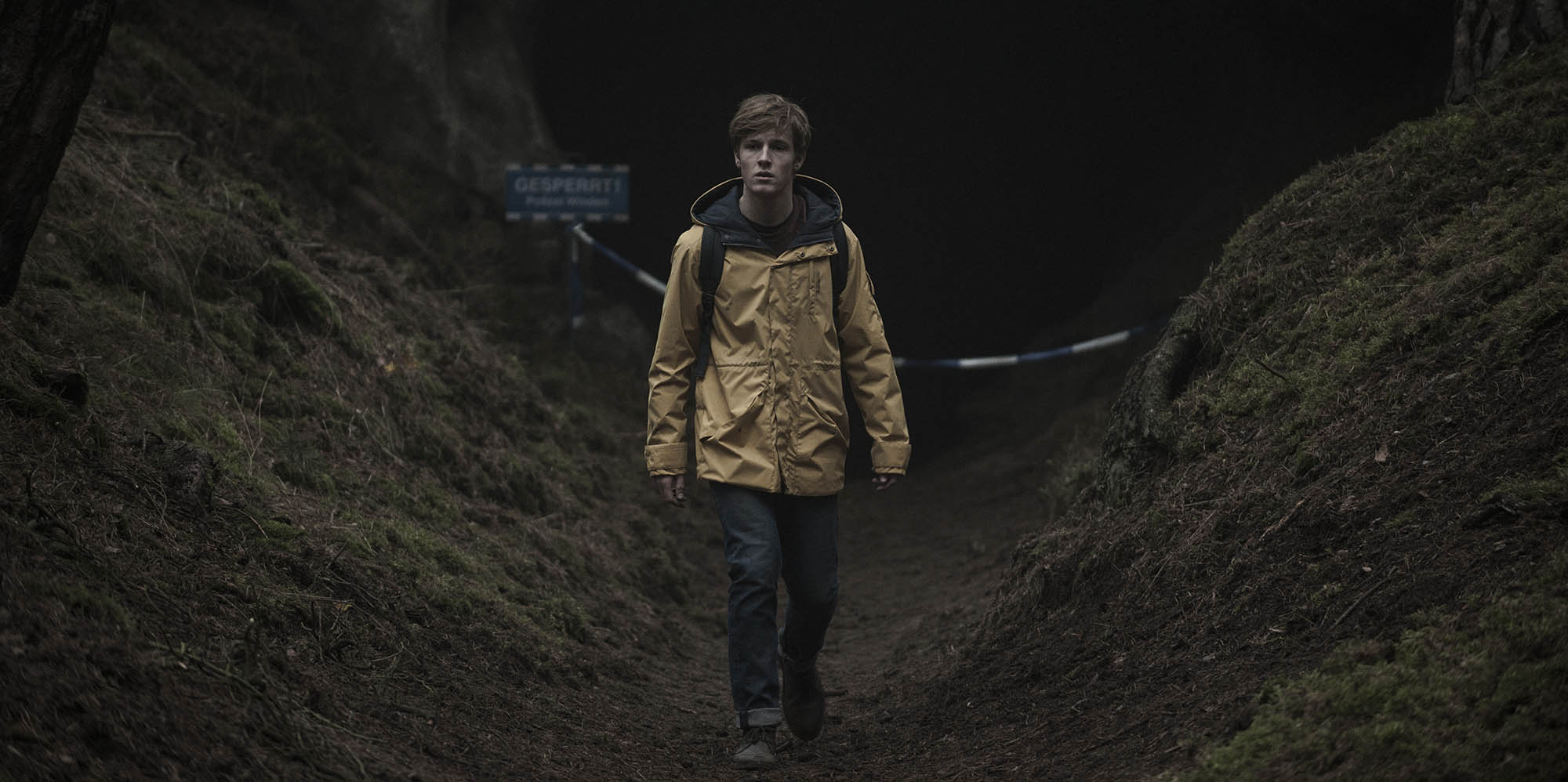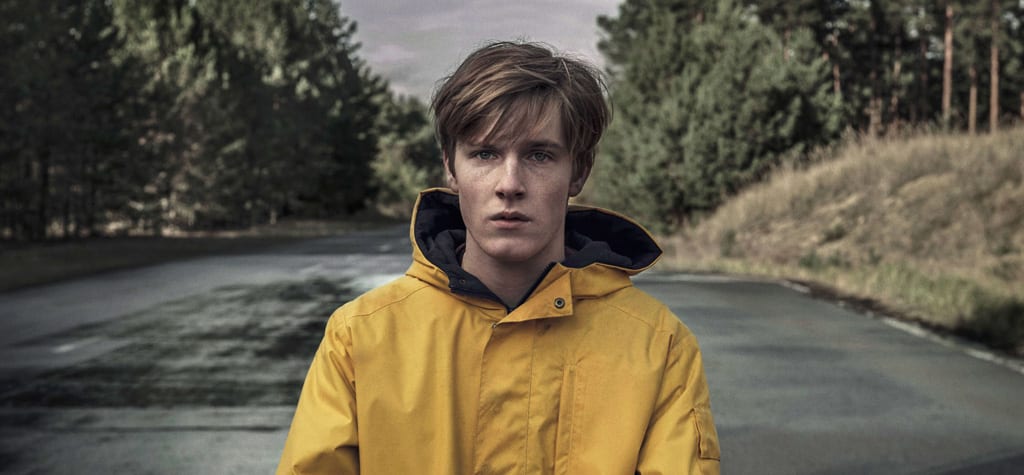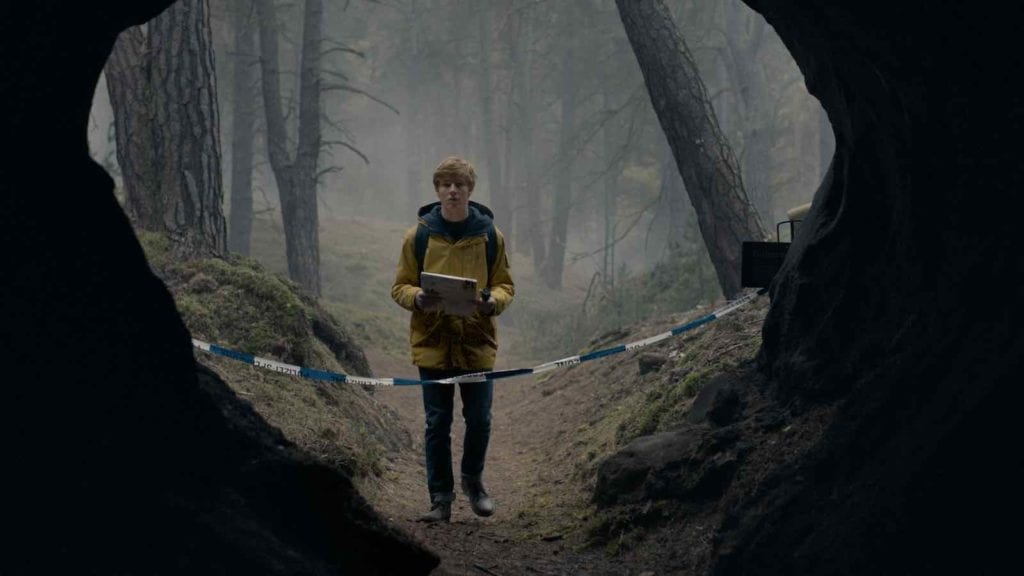
‘Dark’ straddles line between ‘Stranger Things’ and ‘Twin Peaks’
In the wake of Stranger Things’s continued success, it’s hardly a surprise Netflix would be attracted to anything remotely resembling their hit property. On the surface, German drama Dark seems to fit that paradigm snugly: heady science fiction plot, plethora of scenes involving precocious kids looking for missing peers in eerie woods, undercurrent of government mistrust.
But it would be a pity if Dark is considered merely a European Stranger Things also-ran, as this unique German series is poised to become one of Netflix’s most imaginative & refreshing new offerings. Here’s everything you need to know about the jet-black German show.

Small town drama
The plot of Dark is as convoluted as a Shane Carruth work, essentially centering around the disappearance of two children in the German hamlet of Winden and the small-town drama further complicating the search for them.
Some of the townsfolk believe the disappearance is connected to a similar missing child case 33 years prior, involving the brother of current police chief Ulrich Nielsen (Oliver Masucci). Nielsen is skeptical at first, particularly since he’s not even sure the first boy has actually been abducted, but when a second child goes missing, his view changes and he starts to wonder if the town’s nuclear power plant is involved somehow.
What pushes Dark firmly into the realm of science fiction is the subplot involving Nielsen’s mistress Hannah Kahnwald (Maja Schone) and the mysterious suicide of her husband several months before the first kidnapping.

Time travel mysteries
Neither Hannah nor her son Jonas (Louis Hofmann) know why the Kahnwald patriarch took his life, and they seem equally in the dark about an envelope he left behind with instructions not to open it until what turns out to be the exact time of the second kidnapping. The show makes it abundantly clear these things are related to some sort of time travel.
Dark weaves its complex plot at a leisurely pace, never inundating you with too much information or jargon. In its first couple episodes, Dark takes a Primer approach to its science fiction, tantalizing you with just enough complexity and danger to pique your interest without overburdening itself with dry information.
Co-creator Jantje Friese told Thrillist that the writers had to resort to a database to keep all of the subplots in order. “We started in Season 2 to outsource my brain”, Friese revealed. “We worked on a database where every scene is broken down under certain circumstances. You can search, for example, for a character, and then you see the character arc, or you can search for a timeline and then you can see everything that’s happening in that timeline.”

Human weirdness
Showrunner Baran bo Odar is by no means a known quantity in America, but he rightfully caught the right eyes with his feature Who Am I, a twisty techno-thriller covering similar terrain as Mr. Robot several years ahead. Dark is an unexpected display of maturity and confidence from Odar that uses its science fiction elements sparingly, instead focusing on the more human weirdness and complexity that is small-town life.
It is perhaps most accurate to consider Dark a surprisingly effective merger of Twin Peaks and Stranger Things, its cast of oddballs, low-level criminals, shadowy government types, and teenagers displaying characteristics at home in either world. Dark walks a careful line between those two beloved and wildly different series, but also establishes its own identity with ease, particularly in the scenes that provide glimpses at the viewpoint of the abducted children.
Though slower and less pulpy than Stranger Things and nowhere near as surreal as Twin Peaks, patient fans of either or both works stand a high chance of getting completely sucked into the world of Dark. Hopefully they make it back out.



